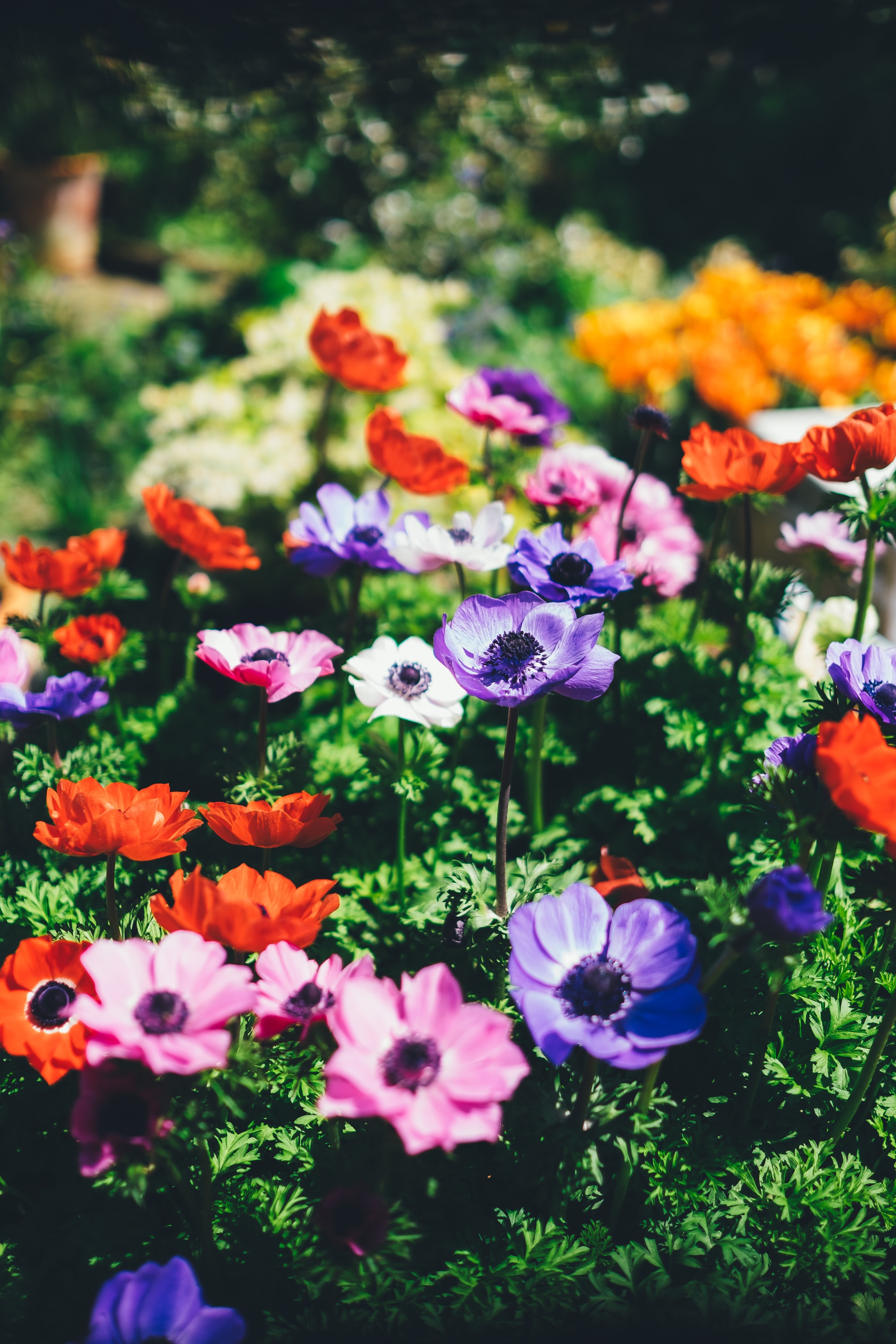Sixty-one
- Judith Cox

- Jun 4, 2021
- 3 min read
Judith meets the challenges of our unpredictable spring. Growing heirloom varieties can be a challenge, but worth the effort.
Greetings fellow gardeners,
I have been hoping for rain for a long time now. This year has been quite a trial so far. The early heat and the frosty end of May and the lack of water have made our gardening situations difficult. Even though I covered my tomatoes when the temperatures went down, they still have some damage. That is a drawback when you grow heritage vegetables. Heritage varieties are more susceptible to disease, weather, bugs and often have slower germination. I love the taste of them, but the hybrids do have a lot going for them. You may find at this point that some of the branches of your tomatoes are yellow or yellowish-brown. Don’t panic. You may have to pick off dead or curled foliage but overall, your plant will come through. You may find that the first few tomatoes you get are disfigured, but that will pass. If you are worried about your tomato, then plant another seed beside it that can take over in case your tomato doesn’t make it.

Tomatoes
My friend Joan brought me an extra Ponderosa Pink tomato in case mine gave up and she also brought me a tomato whose seeds had been saved over many years by her father. Her family had named the tomato after him: Martin. My Martin tomato looks happy and is growing tall. Joan suspected that the original tomato was a Sweet 100 which is a hybrid tomato. They discovered that when Joan’s father saved the seed it started reverting and became its own type of tomato. If for example you use a grocery store tomato for seeds, because it is hybridized you will not get the same tomato with which you started. I tried this with petunias for a few years. I collected the seed each year and soon my petunia flowers were smaller and purple, and the plant was very vine-line. The scent was fantastic. Wouldn’t this be a fun five-year experiment?
I have decided where my pepper plants will be potted and 1 keep finding more and more places that need attention. When I planted the Queensland Blue Hubbard squash in the hügelkultur I put them in a plastic pot with the bottom cut out. The pot sleeve gave them more stability, protected them from cutworms, and discouraged the chipmunks.
Today I am going to do my first rhubarb harvest of the season. This patch was moved last year and has grown well. It really prefers these conditions. Remember, rhubarb is a heavy feeder so give it lots of compost and good all-purpose fertilizer. Rhubarb also wants a lot of water; those big leaves are thirsty. When you harvest rhubarb go close to the base and lightly twist it out. Don’t cut the rhubarb stalk as it may rot where it is cut, rather than forming a new stalk. Be sure to not harvest more than one third of the plant. Rhubarb leaves are poisonous so be cautious; and if your rhubarb grows a huge flower stalk, you can cut it off or leave it as you wish.

Rhubarb stalk just pulled
I continue to scan the radar looking for rain and was rewarded on Thursday. Hopefully, there is more coming. Your seedlings are tender so water them if they need it and leave some water for the creatures that are needing a drink. Enjoy your week.
Judith. (Email: sghorticultural@gmail.com)
Veggie Bites are available at https://gardeningcalendar.ca/articles/veggie-bites/



Comments